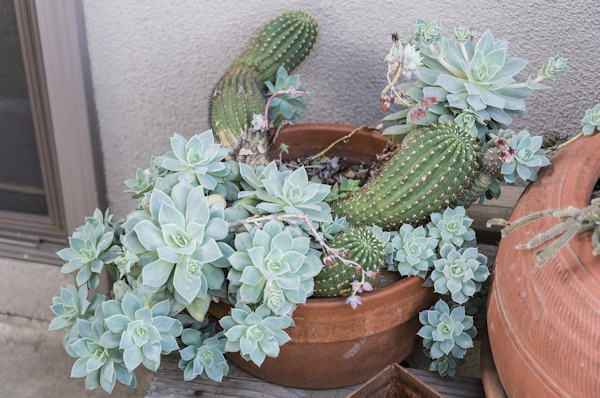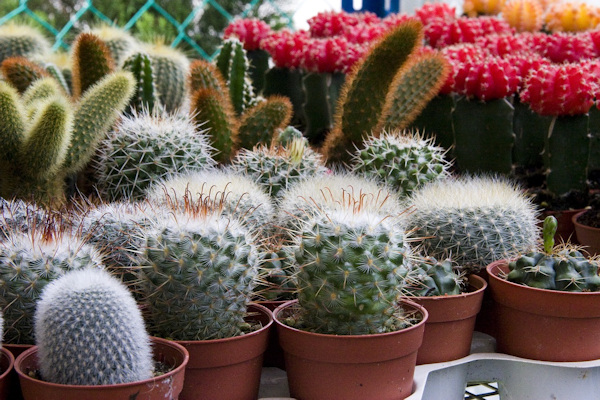How to Care for Houseplants
How and when to feed your houseplants

Plant feed is a crucial part of maintaining the health of your plants. This form of liquid fertiliser is specially formulated to include the nutrients that will help your plant grow and fight infection or disease.
Houseplants may need a particular feed, depending on what species they are. Those such as cacti, succulents or orchids prefer a plant feed suited to their specific needs and you can often find products tailored to those individual plants.
When feeding your houseplants, you want to make sure it is being done during the growing period. For the majority of plants, this is during spring and summer. This is due to the fact that the additional nutrients supplied during the growing period will be used towards energy output. As plants grow slower during autumn and winter, they require less nutrients and therefore don’t need additional feed during this time.
The frequency that houseplants need to be fed will depend on the type of product you are using. Some liquid fertilisers are best given every 14 days, or second watering. However there are formulas that only require application every two to four months. Please read the product instructions for exact usage, as some products may vary.
Shop the range of houseplant care at Longacres, here.
Why and when to re-pot your houseplants
Repotting your houseplant is beneficial to give your plant extra room to grow, as the roots will have additional space to expand. By repotting your plant into the next size, the plant will have opportunity to grow larger and stronger.
The best time to repot houseplants is during spring, when the plant enters active growing. This allows the roots to grow into the new soil before it enters the dormant period during the following autumn and winter.
You will want to repot your plant when it begins to outgrow its current pot. Signs of this occurring include;
- Roots growing through drainage holes at the base of the pot
- A root ball has formed (plant can be pulled out of the pot as a whole, with condensed roots)
- Not absorbing water (all the water runs directly out of the drainage holes)
- Slow growth or small leaves
Shop the range of plant pots at Longacres, here.
Shop the range of houseplants at Longacres, here.
How to repot houseplants

You will need;
Pot with drainage holes (approximately 1 inch wider than current pot)
Houseplant soil
Watering can with water
Gardening gloves
Potting tarp, newspaper or protective surface cover
1. Carefully remove the plant by the base, from the existing pot. The easiest way to do this is to place your hand flat over the surface of the soil, leaving the stem to go through your fingers to hold the base with the roots.
2. Loosen the root ball, allowing any loose soil to fall away from the roots.
3. Take your larger size pot, and fill one quarter full with houseplant soil.
4. Take the plant, and gently place into the pot with the roots first. The roots should sit on the top of the soil, but not condensed tightly.
5. Fill the remaining space around the roots with more houseplant soil, until the pot is completely filled.
6. Press down firm on the top of the soil to ensure all gaps are filled, and finish off with more soil on the very top if needed.
7. Once the plant has been re-potted, place it in the sink or bath (or outside) and water thoroughly, allowing excess water to drain away fully.
8. We recommend placing your potted plant inside a decorative outer pot, made from plastic or ceramic, that does not have drainage holes. This ensures any water that drains from the plant is caught, and does not damage the surface it is placed on.








